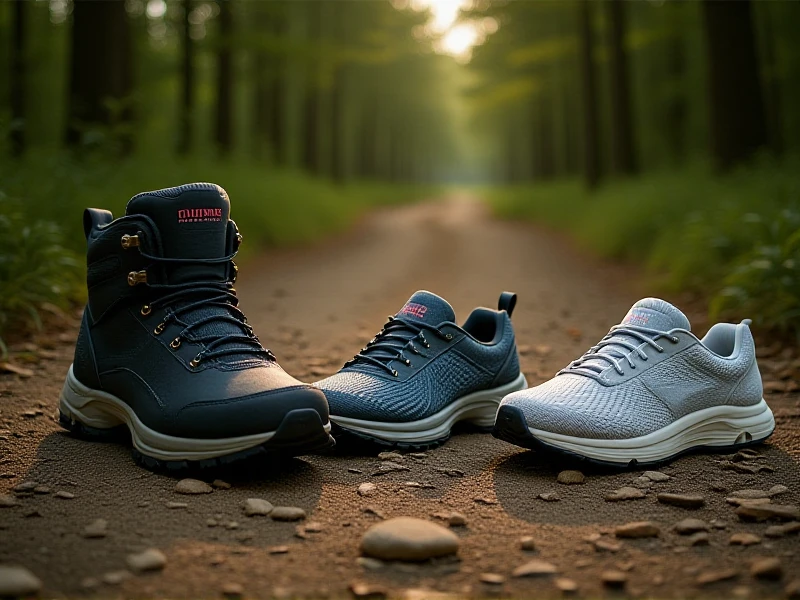
Finding the Perfect Pair of Hiking Shoes: Your Ultimate Trail Companion
Stop settling for footwear that makes you dread the next step. Your hiking shoes are arguably the most critical piece of gear you own, directly impacting comfort, safety, and enjoyment on every trail. Choosing the right pair isn’t just about avoiding blisters; it’s about unlocking your potential as a hiker.
Why are dedicated hiking shoes essential? Unlike regular sneakers, they are engineered for the demands of uneven terrain. Key features include:
- Superior Traction: Aggressive, multi-directional lug patterns on the sole grip loose dirt, mud, wet rocks, and gravel, preventing slips.
- Protective Build: Durable uppers (often abrasion-resistant synthetics, leather, or waterproof membranes) shield feet from debris and impacts. Toe caps guard against stubs.
- Essential Support: Sturdy midsoles provide stability on uneven ground, while structured ankle support (especially in hiking boots) minimizes rolls.
- Foot-Friendly Design: Breathable liners manage moisture, and ergonomic insoles cradle your arches.
Selecting Your Trail Match
Finding the perfect hiking shoes involves considering your adventures:
- Trail Runners: Ideal for fast, light, smooth trails or long-distance thru-hikers prioritizing speed. Lightweight and breathable, but offer less protection and ankle support.
- Lightweight Hiking Shoes: The most popular choice. Offer excellent traction and protection for day hikes and mild backpacks without the bulk of boots. Great balance for moderate terrain.
- Hiking Boots: Your go-to for carrying heavier packs, rough, rocky trails, or when scrambling. Deliver maximum ankle support, durability, and often waterproofing (like GORE-TEX).
- Scrambling/Approach Shoes: Grippier soles resembling climbing rubber ideal for technical terrain involving rock sections.
Terrain is Your Guide:: Match the shoe to your usual environment. Rugged mountains demand sturdier boots, while well-maintained paths suit lightweight hiking shoes. Always account for climate – breathable fabrics for heat, waterproof membranes for wet conditions.
Fit is Non-Negotiable: NEVER compromise here.
- Shop in the afternoon when feet are naturally larger.
- Wear the socks you hike in (merino wool blends are highly recommended!).
- Ensure a thumbnail's space between your longest toe and the shoe's end.
- Heel should be snug, not sliding. Walk around, test inclines/declines.
- Check for pressure points or rubbing – don't assume shoes will "break in" drastically.
Caring for Your Gear: Clean mud off after hikes. Allow hiking shoes to air dry naturally away from direct heat. Reapply waterproofing treatment periodically per manufacturer’s instructions. Replacing worn-out soles or damaged lining is paramount for safety and comfort.
Investing in the right pair of hiking shoes transforms every step. Research, prioritize fit and support, and choose the tool that best suits your terrain. Your feet – and your adventures – will thank you for it. Find your ultimate trail-proof partner today!
Alt text suggestion if image used: A pair of durable hiking shoes standing on rocky outdoor terrain.